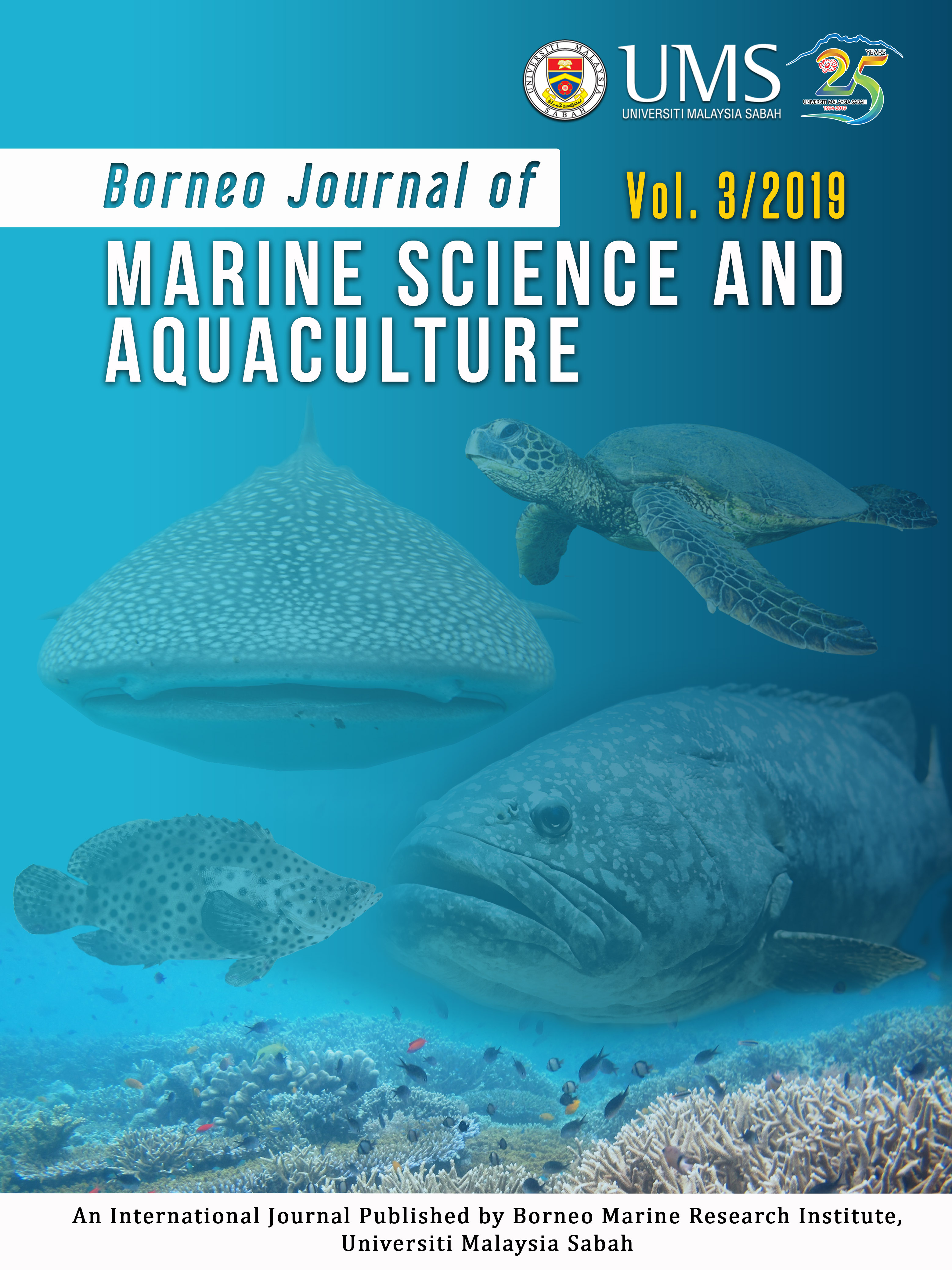Visual field of the mud crab, Scylla tranquebarica and the whiteleg shrimp, Litopenaeus vannamei
DOI:
https://doi.org/10.51200/bjomsa.v3i1.1419Keywords:
visualAbstract
The previous behavioural studies on vision of decapod crustaceans were often based on the assumption that the visual field of the test animals was all around and there was little or no blind area above or to the rear of the animals. In the present study, we determined the visual field of the wild captured purple mud crab (Scylla tranquebarica) and the farmed whiteleg shrimp (Litopenaeus vannamei) by eliminating the directions in which vision is anatomically blocked in all directions around the eyes. The mud crab had the visual field covering the entire visual world except for the ventral-most blind area. The whiteleg shrimp has the visual filed with a 66Ëš binocular field and can see all around but is morphologically blocked by the scaphocerite extended forward between the eyes. While the transparent scaphocerites transmit 80 % of light from 400 to 700 nm wavelengths, an object seen through the scaphocerites is faded due to the light refraction, indicating that the morphological blocking is not always negligible. The trait of these visual fields should be taken into consideration in the design of visual behaviour experiments.






